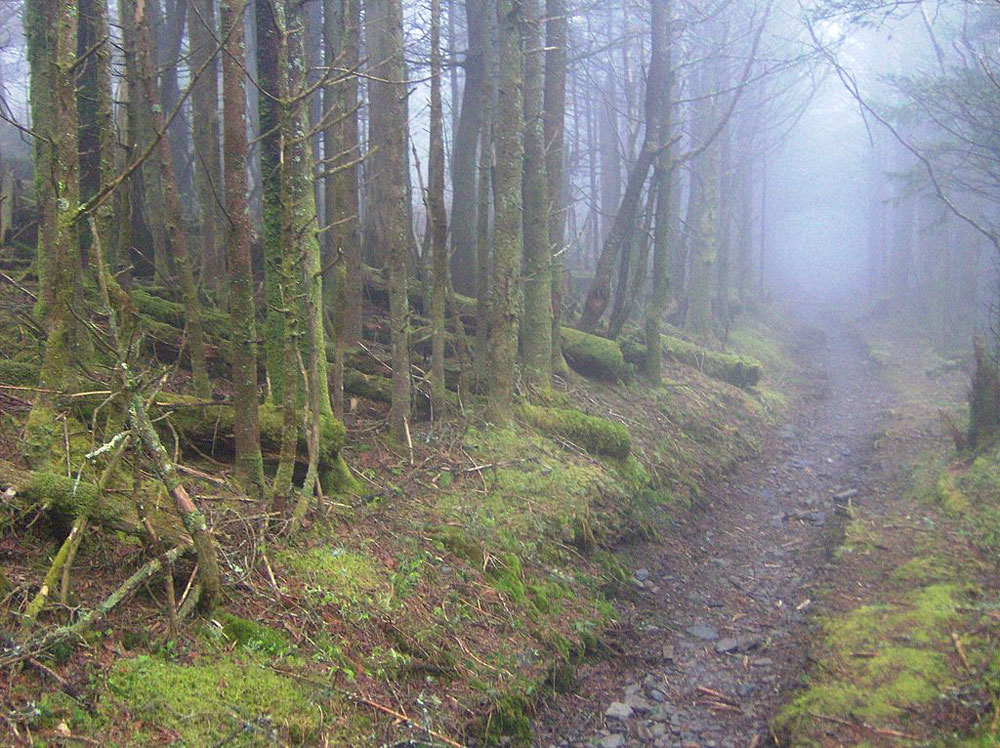
July 15, 2019; Associated Press and Reuters
In one of the largest conservation acquisitions ever to occur in the eastern United States, The Nature Conservancy (TNC) has partnered with private investors to pay $130 million to timber management entities for nearly 400 square miles of land in Kentucky, Tennessee, and Virginia. The quarter-million acres of forested land comprising the Cumberland Forest Project is located among coalfields. This is no static venture to protect land; the plan involves a strategy to make money through carbon offsets, sustainable forestry, leases for recreational use, and the eventual sale of the properties after ten years.
The mission of the TNC, a nonprofit, is “to conserve the lands and waters on which all life depends.” In a statement, Tom Tierney, chair of TNC’s board of directors, says, “The Cumberland Forest Project deploys private capital as a powerful tool to achieve large scale conservation. What’s more, we think this will prove that sustainably managing natural assets can be good business and deliver big benefits to wildlife, water quality and the local economy.”
The land covers almost 400 square miles in the Appalachian Mountains. The project owns just the surface rights, which means some of the region’s coal mining will continue, as it has for a century. After ten years, the land will be sold with long-term covenants and restrictions. Until then, work will be done to support biodiversity, repair forests that have degraded, and help small businesses make the transition as the market moves away from the coal the region has depended on for livelihood towards other energy sources. (Coal production in Appalachia fell by 45 percent between 2005 and 2015, and an industry that once counted over 883,000 jobs in the US now consists of 53,000.)
The parcels connect other protected areas in a region that scientists have identified as a global biodiversity hotspot and a key source of freshwater, said Charlotte Kaiser, managing director of the charity’s investing arm, NatureVest.
Sign up for our free newsletters
Subscribe to NPQ's newsletters to have our top stories delivered directly to your inbox.
By signing up, you agree to our privacy policy and terms of use, and to receive messages from NPQ and our partners.
“I like to think we’re setting a bar for climate-resilient forest management that can generate a return, that investors can find attractive and that others will seek to emulate,” Kaiser told the Thomson Reuters Foundation.
Kaiser adds that such projects have traditionally depended on philanthropy. The marriage of investment returns and conserving forest at this scale is unique.
Locke Ogens, the Virginia director for TNC, says the organization is confident they can replicate the conserving/investing model of the Cumberland Forest Project in the future. She adds that they are already creating a strategic vision of a conservation superhighway across the country.
“That’s the biggest hope—that we’ll be able to use this as a model going forward to do really big land projects that will help nature and people,” she says.
Using conserved land in a sustainable, economically beneficial way while repairing the damage done to it could be a way to both stretch nonprofit conservation dollars and to assist regions make a successful economic transition from an economy based on ecologically destructive mining. Careful steps, however, must be taken to ensure that the promise of the project is realized.—Marian Conway











